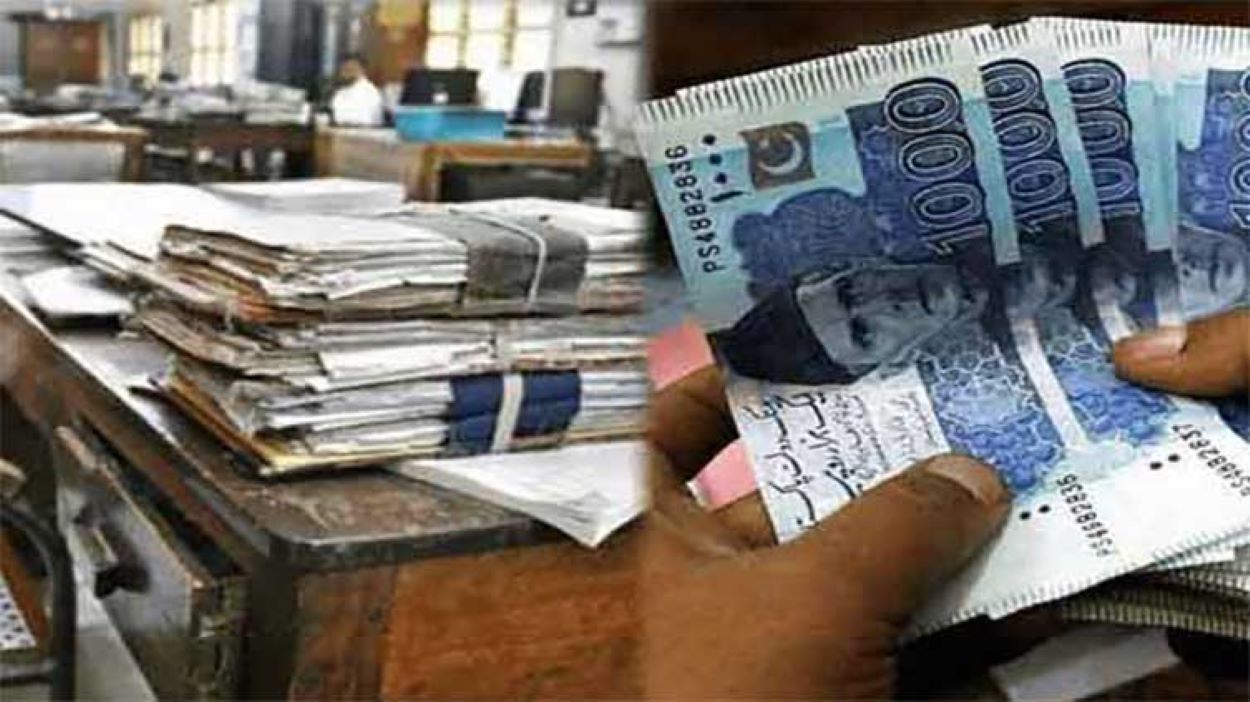A recent study by the Pakistan Institute of Development Economics (PIDE) highlights a significant imbalance in the compensation structure for government employees, particularly between upper and lower grades. The study titled “Life Time Cost of Public Servants” reveals that employees in BPS-22 receive benefits and overall compensation that are 32.52 times greater than those of their BPS-1 counterparts. This stark disparity suggests that the distribution of perks and operating expenses are heavily skewed in favour of higher-grade positions, widening the financial gap within the public sector.
The government’s spending on its workforce is substantial, with salaries, pensions, and other associated costs accounting for trillions in expenses. Interestingly, certain benefits, such as government-provided housing and personal use of official vehicles, particularly by officers in grades 20-22, significantly inflate the overall compensation figures. These unmonetized perks contribute to a misunderstood perception of public sector salaries as being lower than they are.
The Fiscal Challenge of Public Sector Employment
PIDE’s study goes beyond mere numbers, shedding light on the financial burden that the state assumes with each new public servant it employs. The findings stress the need for a cautious approach when adding new employees to the public sector payroll. For instance, the lifetime cost for a Grade-17 officer over 30 years can reach staggering sums, putting enormous pressure on the state’s financial resources.
The report criticizes the political practice of mass job creation in the public sector to garner electoral support, ignoring the long-term economic implications. Rapid, unplanned employment drives may seem beneficial in the short term but can lead to unsustainable fiscal situations. PIDE suggests a more strategic approach, emphasizing governments need to weigh the immediate benefits of job creation against long-term economic stability and growth.






